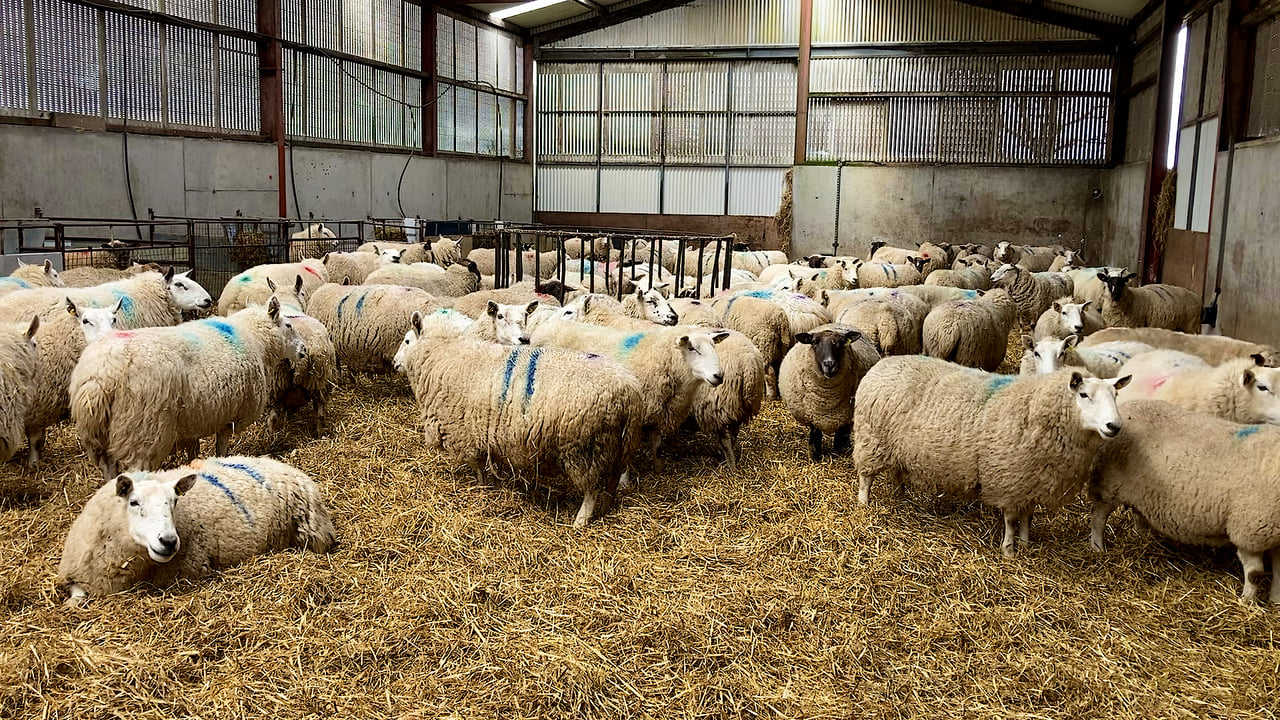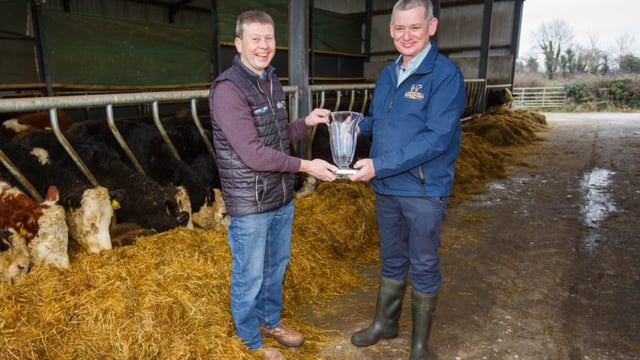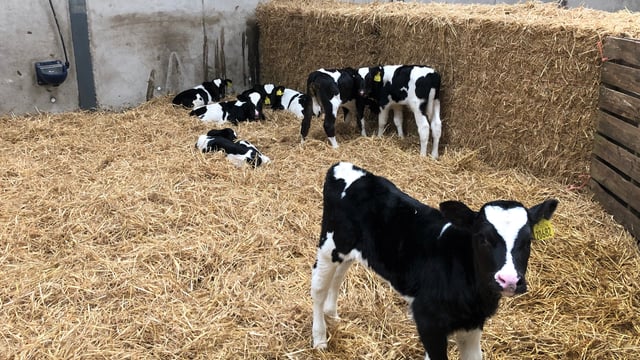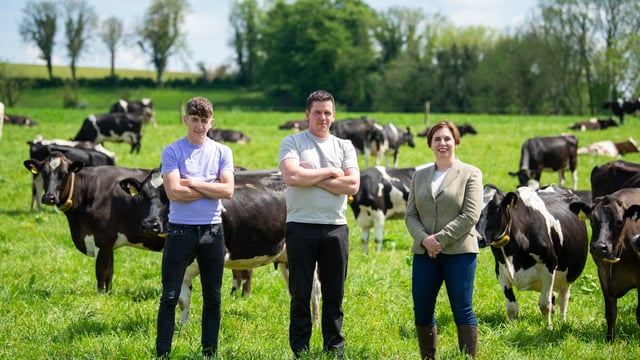Vaccinating against clostridial diseases ahead of lambing
With lambing just weeks away on many sheep farms running a mid-season lambing system, it’s time for farmers to start thinking about administering clostridial vaccinations, if they have not already done so.
It is important to vaccinate ewes in relation to these diseases as their colostrum is the main source of antibodies against these diseases in the newborn lambs.
By annually vaccinating ewes, their antibody levels remain sufficiently high to allow protective cover to be transferred to the lamb(s).
However, it must also be remembered that in order for these lambs to benefit from the vaccination, they must receive adequate quantities of good-quality colostrum within the first few hours after birth.
The sooner newborn lambs gets colostrum, the more benefit they will get from it.
Clostridia – a bacteria – can cause many different types of diseases in sheep such as: metritis in ewes; lamb dysentery; and pulpy kidney.
By vaccinating ewes, farmers can drastically reduce the incidence of these diseases from occurring.
Each ewe has to complete a full primary course of vaccination. This requires two doses to be given four to six weeks apart.
Once a primary vaccination course is given, an annual booster needs to be administered within 12 months.
The majority of products available on the market should be given four weeks before lambing is due to commence.
The most common pitfalls of vaccination:





